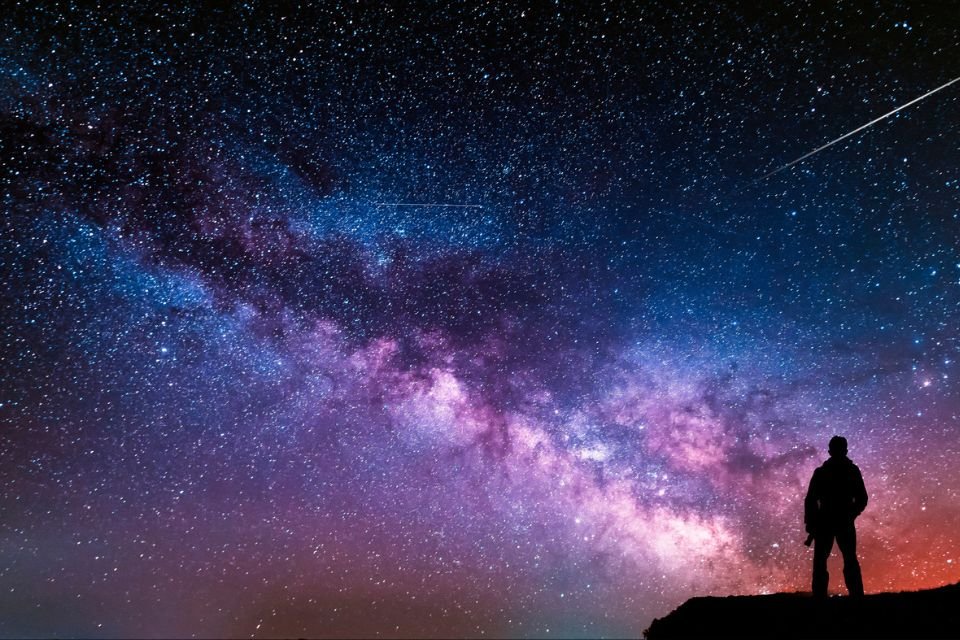“The cosmos is within us. We are made of stellar matter. We are a way for the universe to know itself”. This phrase, uttered by astronomer and science communicator Carl Sagan in 1980, was recently repeated (and confirmed) in an episode of his video series. Following the StarlightProduced by the European Southern Observatory (ESO).
In the video, astrophysicist Suzanna Randall commented on the show’s late host’s statement. Universe (Sagan died in 1996) and explained the meaning of this by associating the elements in our bodies with those released into space by the first stars of the universe.
According to Randall, the universe was dense and hot shortly after the Big Bang, but comprised of the two lightest elements, hydrogen and helium, and a handful of metals. However, Since these two gases alone could not “create something as complex as the human body”, he set the cosmic clock forward 100 million years later. The period when nebulae, which are huge clouds of hydrogen and helium, form.
When the stars started to die we came to live
The universe’s first generation of stars arose when the first nebulae accumulated too much mass and collapsed under their own gravity. But these first stars were practically devoid of metals. since its origin is hydrogen and heliHE. But these primitive celestial bodies began to do what our Sun does every day: to melt the hydrogen in their cores to form helium.
this goal the beginning of the star death process, Randall explains: “When the hydrogen in the star’s core is depleted, things start happening very quickly. The star enters a new phase of its life, called the red giant phase.” At that moment, the cores contracted and the outer layers (where nuclear fusion of hydrogen into helium still exists) swelled, causing the stars to grow up to 100 times.
In this way, the progressive contraction of each star’s core created the conditions for them to become hot enough to convert helium into heavier elements. And the elements that make up 84% of our bodies appeared in this final phase of the life of the first stars: carbon and oxygen.
Carl Sagan was right
According to the host, “Stars with more than eight solar masses continue to combine elements in their cores, creating increasingly heavier ones, as heavy as iron”. But at some point they have to die, and they “explode like a supernova,” Randall says.
When he agrees with Carl Sagan’s claims that we are made of stars, he concludes: “Most of the atoms in my body were actually created deep within the stars, in these incredibly hot stellar furnaces.”
Did you like the content? Learn about more topics like this at TecMundo and have the opportunity to read and see: James Webb detects two galaxies with quasars at the beginning of the Universe.
Source: Tec Mundo
I’m Blaine Morgan, an experienced journalist and writer with over 8 years of experience in the tech industry. My expertise lies in writing about technology news and trends, covering everything from cutting-edge gadgets to emerging software developments. I’ve written for several leading publications including Gadget Onus where I am an author.













